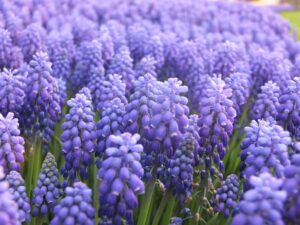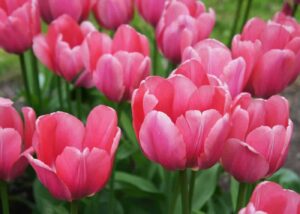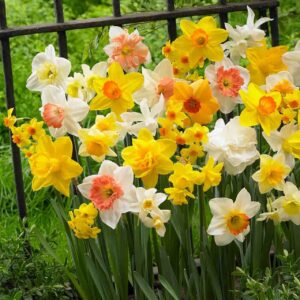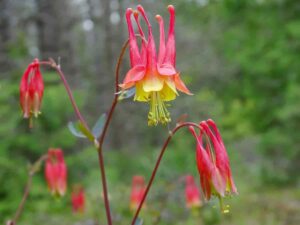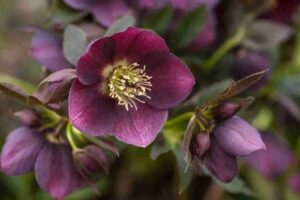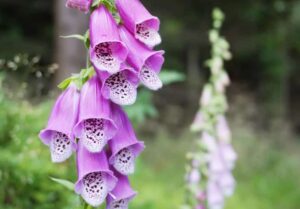Spring Flowers: Perennial Plantings for Vancouver, WA
In this blog we will discuss our favorite springtime perennials for the northwest climate and the nuances of their care.
Spring Landscaping
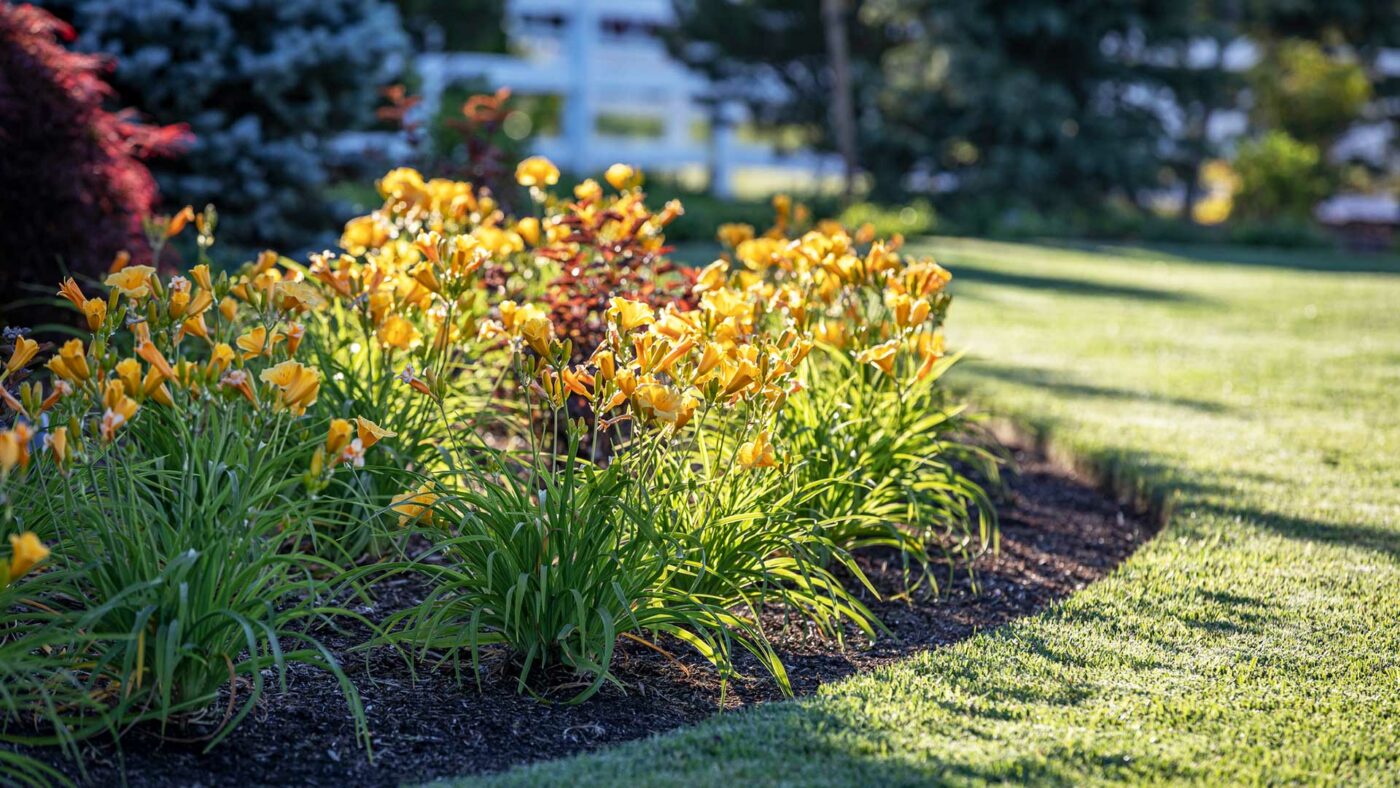
For Seasonal Plantings and Perennial Installations, Contact Us Today.
Spring is right around the corner and we’re starting to see some perennials pop up. This colder weather has definitely postponed the arrival of our favorite springtime beauties, but soon we’ll be seeing tulips, daffodils, and irises popping up everywhere. In this blog we will discuss our favorite springtime perennials for the northwest climate and the nuances of their care.
Grape Hyacinth (Muscari armeniacum)
Grape Hyacinth is one of the first flowers you will see in spring. They are notable for their blue-violet color and myriad of flower heads that stem from one central column. Their shape is reminiscent of fox gloves but smaller and safe to grow around children and pets (fox gloves are very toxic). Grape Hyacinths require little care or attention besides annual fertilization and cutbacks. In fact, Grape Hyacinth is quite prolific, spreading via their bulbs and seeds. We recommend planting these miniature gems in pots and planters to avoid having to dig up unwanted spreading.
Tulips (Tulipa)
Tulips are probably the most famous of springtime flowers (the earliest flowering variety being the Singer Early Tulip species). Coming in a variety of colors, tulips offer a selection for all preferences. Tulip care is also fairly straightforward. They will do best in full sun with slightly acidic, well-draining soil. Tulips are not only sought after by gardeners but also wildlife, so grow them with someone protected from foragers if you don’t want them to get eaten.
The Tulipa genus is so large that there are species the bloom in mid and late season as well. If properly planned, you could have tulips in spring and summer.
Daffodils (Narcissus)
Daffodils come in a variety of yellows, whites, and oranges, and all have a trumpet shaped flower structure. They are often planted with hyacinths and tulips for successive blooming. Care for daffodils is also simple (fertilize and cutback). Additionally, daffodils are not of any interest to foraging wildlife.
Columbine (Aquilegia)
https://en.wikipedia.org/wiki/Aquilegia
Columbine, also known as Granny’s Bonnet, is a self seeding perennial flower that blooms in late spring. These plants offer a variety of height and structure to the aforementioned bulb plants while also inviting the likes of hummingbirds and butterflies into your landscape. Some varieties are native to the northwest and will offer the easiest care. They generally like shade with neutral pH, well-draining soil.
Hellebore (Helleborus)
Hellebore stalks and blooms offer a distinct assortment of muted greens, yellows, reds, and violets that are bound to look stunning in any setting. These perennials bloom early in spring, so early in fact that they are commonly seen covered in snow. Care for Hellebores is simple: they prefer well draining soil in partial sun. The plant and flower are toxic so keep that in mind if you have pets or children. The upside of this is that wildlife will not consume them.
Foxgloves (Digitalis)
Commonly seen on the drive to Mt. Hood, foxgloves are native perennial flowers to the northwest. Their name comes from their hollow flower structure. Like the hellebore, foxgloves are toxic (both the flowers and the plants). We advise anyone with kids or pets to avoid any toxic species. But for those without children or outdoor pets, foxgloves make a wonderfully beautiful native species. Being native, their care is especially easy. They prefer full sun and will grow in any soil type that isn’t too dry or wet.

